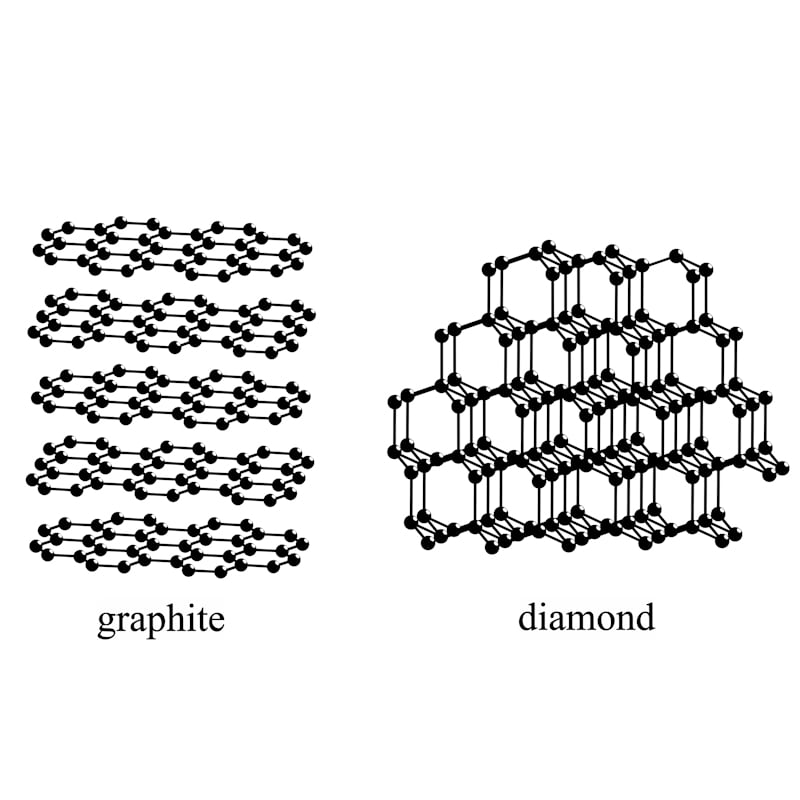Polymorphs
Identification of polymorphs in pharmaceutical products stands as one of the primary applications of X-ray diffraction (XRD), a technique crucial for quality control and regulatory compliance in the pharmaceutical industry. This versatile tool enables the precise detection and quantification of polymorphic contamination, playing a pivotal role in enhancing production efficiency and cost-effectiveness. Polymorphs, which are different crystalline forms of the same compound, possess distinct powder diffraction patterns that serve as unique fingerprints for their crystal structures. By analyzing these patterns, researchers can distinguish one polymorph from another with high specificity, facilitating the characterization of various polycrystalline structures within drug compounds.

This phase analysis can range from qualitative identification to comprehensive quantitative analysis, offering insights into the relative proportions of different polymorphs present. Furthermore, XRD analysis is not limited to single polymorph studies but extends to multi-component formulations, allowing for the assessment of complex mixtures and the identification of any polymorphic variations therein. This comprehensive approach to polymorph identification and quantification empowers pharmaceutical manufacturers to optimize their formulations, ensuring product consistency, efficacy, and compliance with regulatory standards. Additionally, by identifying and mitigating the presence of undesirable polymorphs, XRD analysis contributes to the development of safer and more stable pharmaceutical products, thus bolstering consumer trust and confidence in the industry.
A special case of this type of analysis is "percentage crystallinity," where the volume percentage crystalline active ingredient to an amorphous filler is measured within a dosage formulation. X-ray diffraction analysis is also employed to study dosage formulations, under a variety of environmental conditions and over time, to characterize the formation of any polymorphs that could adversely affect performance and toxicity.
Graphite and diamond are considered to be polymorphs, which means they are identical in the chemical aspect, but very different when it comes to crystal structure.
Application notes
The following application notes are relevant to this technique
Rigaku recommends the following systems

Contact Us
Whether you're interested in getting a quote, want a demo, need technical support, or simply have a question, we're here to help.
